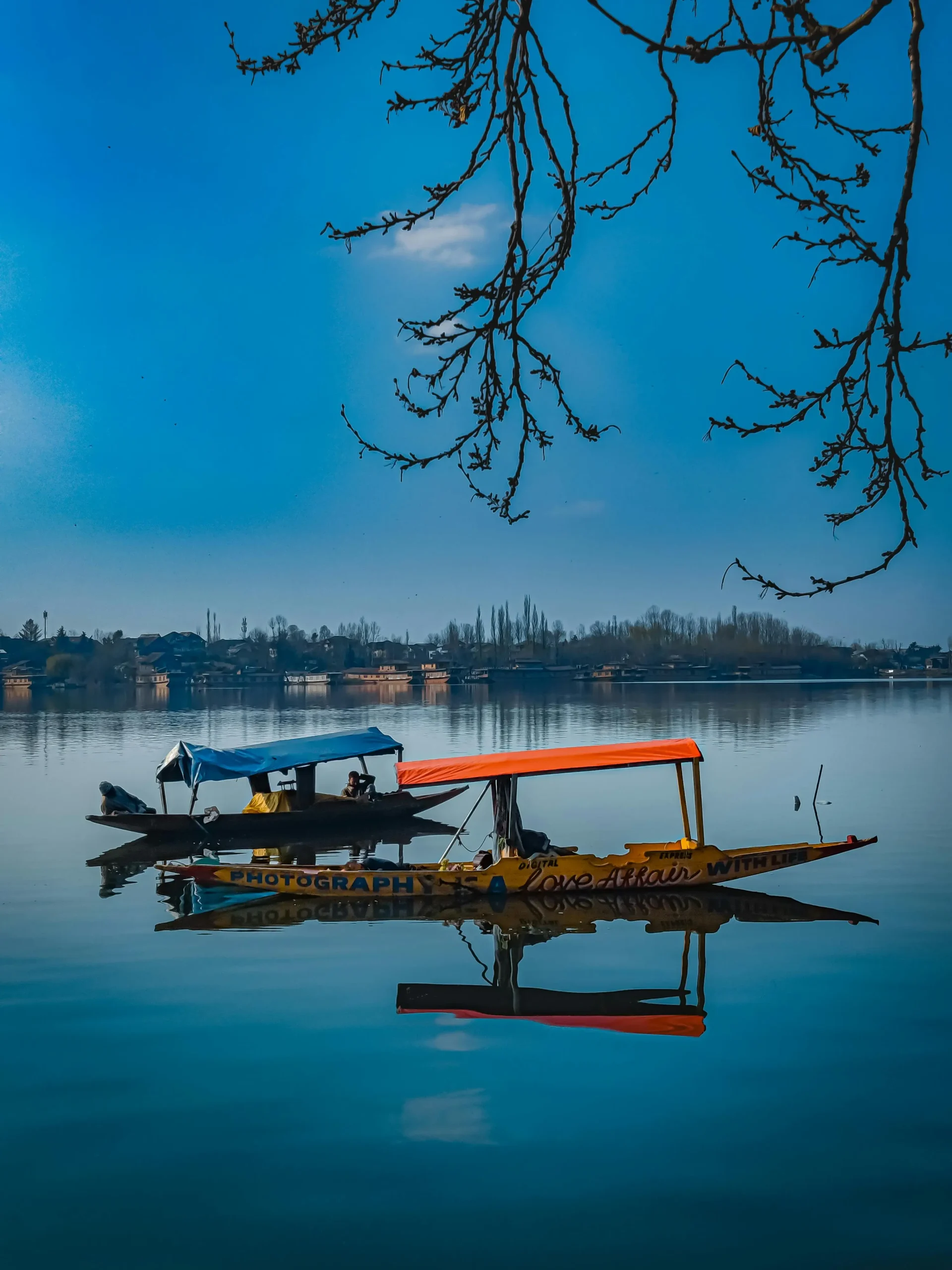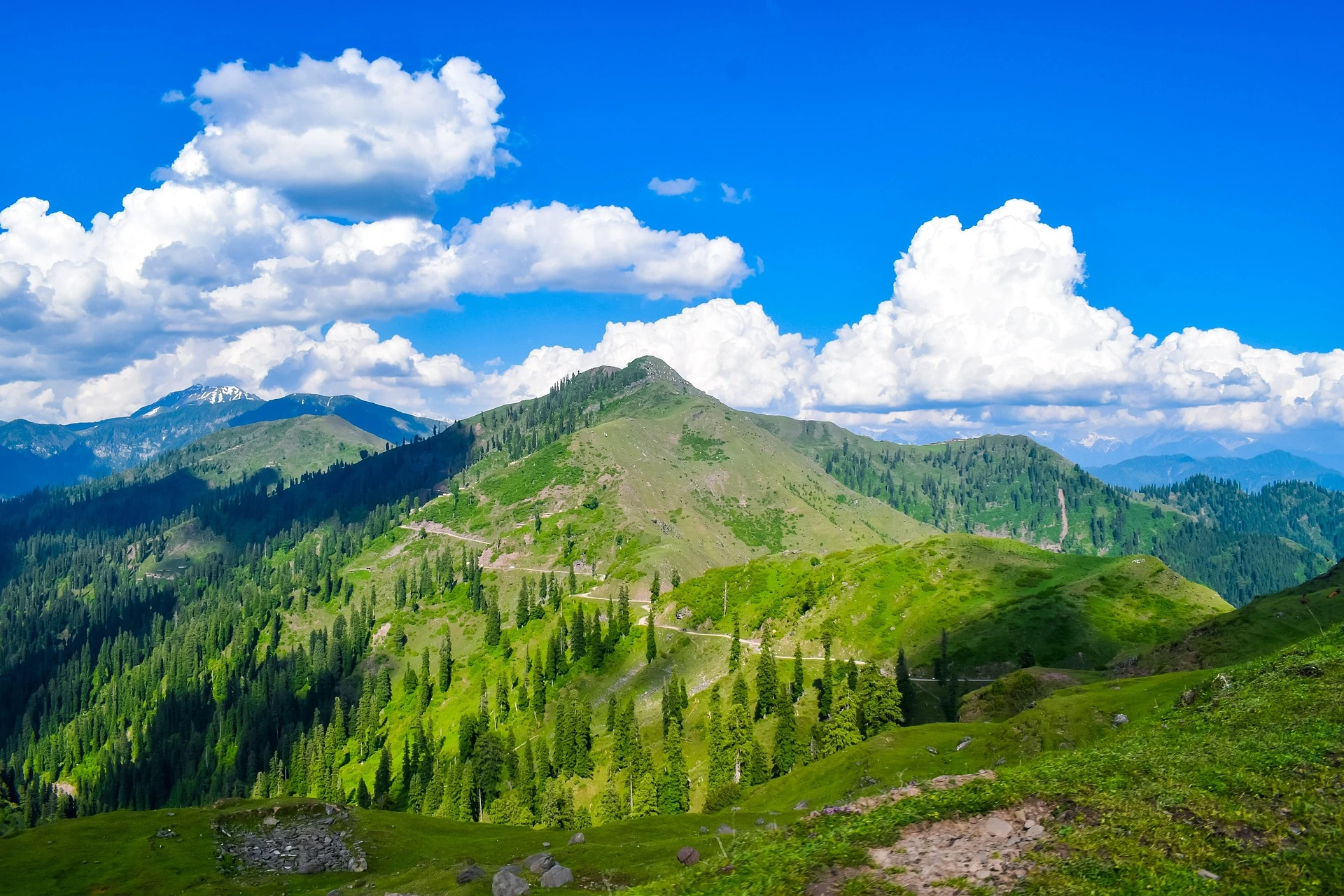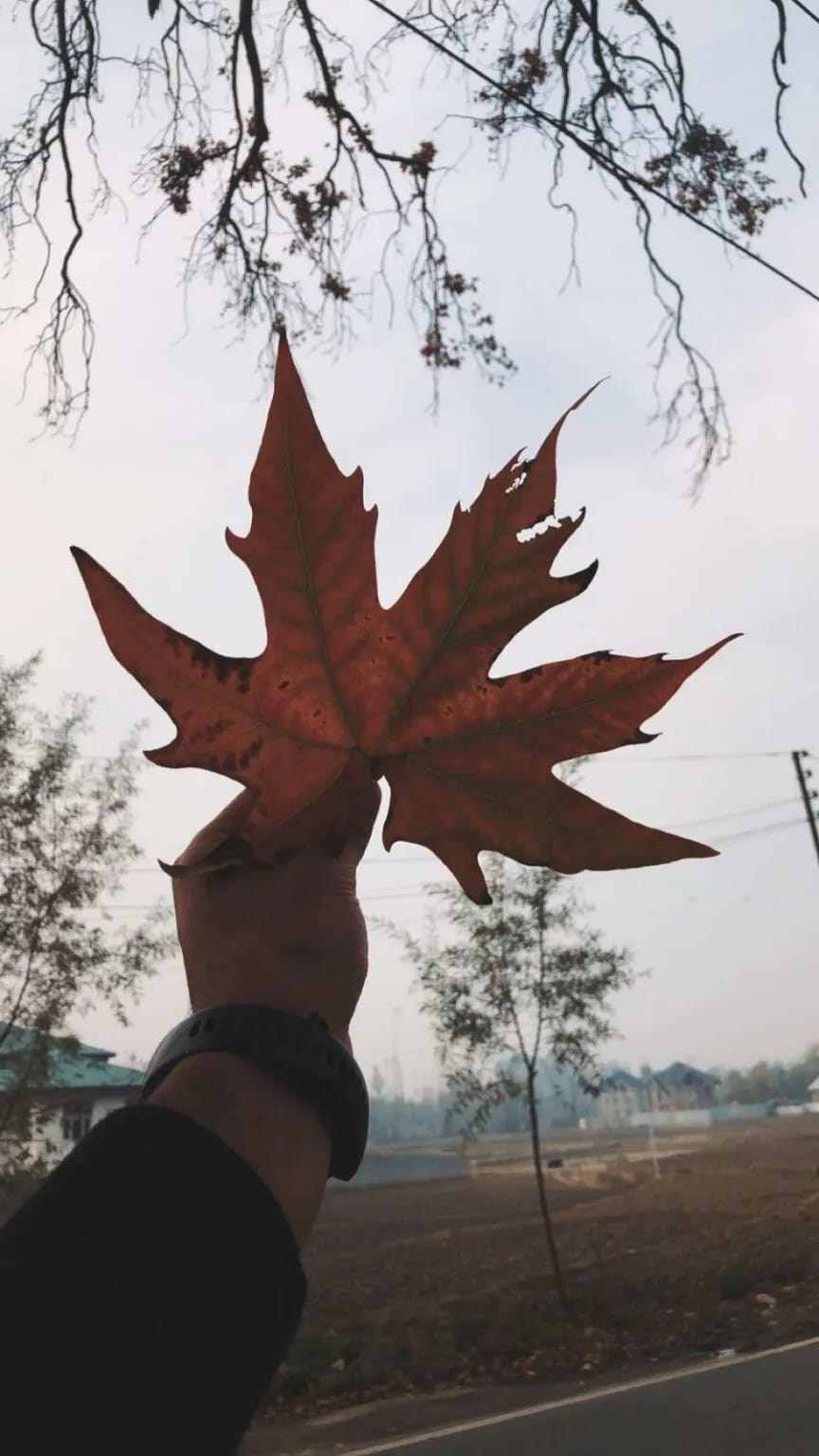Situated in the northernmost reaches of the Indian subcontinent, the enchanting Kashmir Valley has long been hailed as the “Paradise on Earth.” With its awe-inspiring natural landscapes, vibrant cultural tapestry, and storied past, Kashmir has beckoned globetrotters from far and wide. This article delves into the magnetic appeal of Kashmir tourism, unraveling its pristine panoramas, cultural treasures, and the various challenges and prospects it presents.
The Breathtaking Beauty of Kashmir
Kashmir is famed for its breathtaking landscapes, embracing snow-clad peaks, lush meadows, serene lakes, and verdant forests. The crown jewel of the region is unquestionably Dal Lake, often dubbed the “Jewel in the crown of Kashmir.” A quintessential experience is the Shikara rides on Dal Lake, allowing visitors to immerse themselves in the tranquility and natural splendor of the locale.
The Kashmir Valley boasts enchanting gardens, including the Shalimar Bagh and Nishat Bagh, which were constructed during the Mughal period. These gardens provide a glimpse into the opulence of bygone eras, featuring meticulously planned layouts, fountains, and vibrant flowerbeds.
For adventure seekers, the surrounding mountains offer a plethora of trekking and hiking trails, ranging from the relatively easy Pahalgam to the Aru Valley route to more challenging options like the Great Lakes trek. The majestic Gulmarg stands out as a premier skiing and winter sports destination, promising exhilarating experiences for snow enthusiasts.
Moreover, hidden gems like Mond’aej, Bungus Valley, and Reshwari unveil landscapes of unparalleled beauty. These undiscovered treasures offer a serene retreat characterized by crisp, rejuvenating air and captivating vistas that soothe the soul.
Cultural Legacy and Customs
Kashmir’s cultural heritage is a tapestry woven across centuries. Renowned for traditional handicrafts such as Pashmina shawls, handwoven rugs, and Kashmiri tilla embroidery, the region invites visitors to explore local markets and witness skilled artisans crafting masterpieces handed down through generations.
The cuisine of Kashmir presents a unique fusion of flavors, with staples like Rogan Josh and Wazwan reflecting the region’s multicultural influences and the use of aromatic spices, creating a culinary delight for gastronomes.
Challenges and Opportunities
While Kashmir’s tourism industry offers a realm of wonders, it grapples with challenges. Political conflicts and security concerns have led to fluctuating tourist numbers over the years, posing hurdles for both visitors and the local economy.
The COVID-19 pandemic, like elsewhere, significantly impacted Kashmir’s tourism. Lockdowns and travel restrictions caused a substantial decline in visitor numbers. However, the resilience of the local tourism industry became evident as it adapted to health and safety guidelines and embraced digital marketing to attract tourists.
Recent initiatives have aimed at promoting eco-tourism in the region, emphasizing the preservation of Kashmir’s natural beauty and ecological balance through responsible and sustainable tourism practices.
Conclusion
Despite the challenges it faces, Kashmir’s beauty and cultural heritage continue to captivate global travelers. The region’s natural wonders, cultural traditions, and historical richness make it a destination unlike any other. With a commitment to peace and stability, the future of tourism in Kashmir holds tremendous potential.
As a traveler, your visit to Kashmir not only allows you to witness its beauty but also contributes to the local economy and the preservation of its unique heritage. In return, you carry back indelible memories and a profound appreciation for a land that truly lives up to its epithet as the “Paradise on Earth.”






